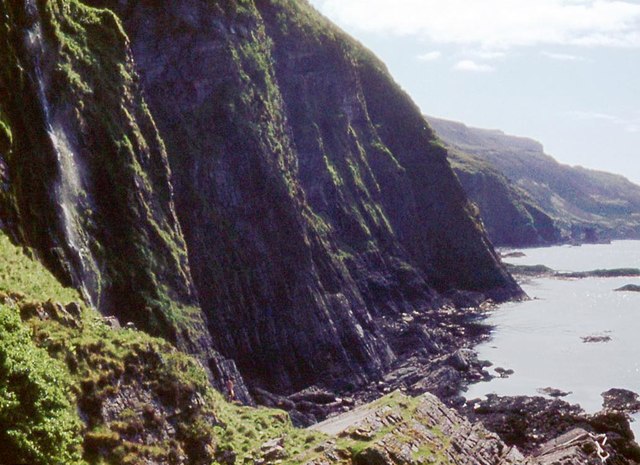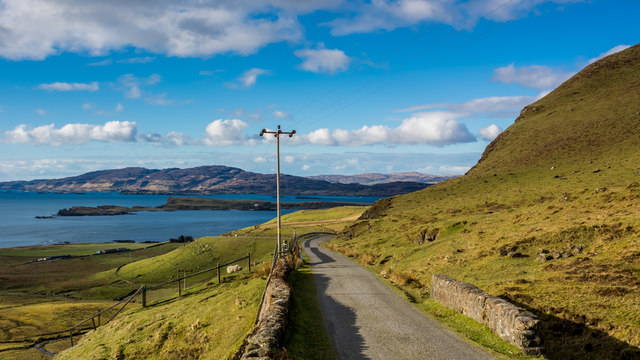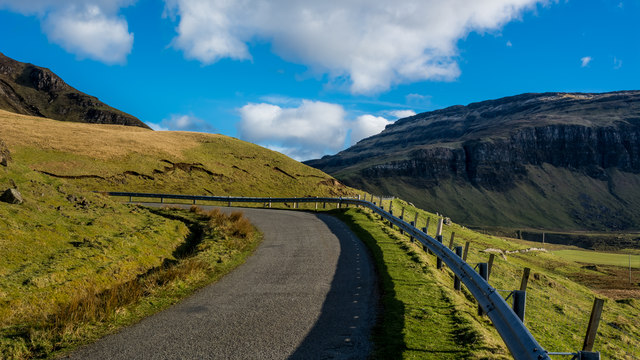Sloc nam Fiùran
Coastal Feature, Headland, Point in Argyllshire
Scotland
Sloc nam Fiùran
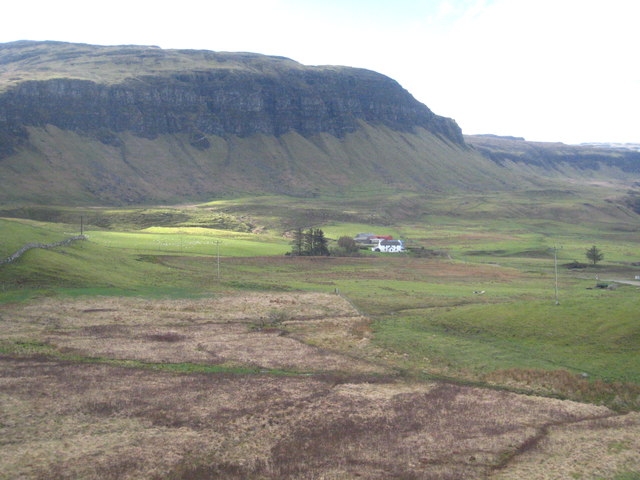
Sloc nam Fiùran is a stunning coastal feature located in Argyllshire, Scotland. It is a prominent headland or point that juts out into the Atlantic Ocean, offering breathtaking views and a rugged, picturesque landscape.
Situated on the west coast of Scotland, Sloc nam Fiùran is known for its dramatic cliffs and rocky shoreline. The headland is characterized by its tall, steep cliffs that plunge into the sea, creating a striking contrast against the deep blue waters below. The rugged terrain is a result of thousands of years of erosion by the powerful Atlantic waves, which have carved out caves, arches, and stacks along the coastline.
The area surrounding Sloc nam Fiùran is rich in wildlife and natural beauty. It is home to a diverse range of plant and animal species, including seabirds, seals, and even dolphins. Visitors can often spot these creatures while exploring the headland, making it a haven for nature enthusiasts and birdwatchers.
For those seeking adventure, Sloc nam Fiùran offers opportunities for hiking and rock climbing, with its challenging terrain providing a thrilling experience for outdoor enthusiasts. The headland is also a popular spot for photographers, who are drawn to the dramatic scenery and the interplay of light and shadows.
Overall, Sloc nam Fiùran is a captivating coastal feature that showcases the raw beauty of the Scottish coastline. Its towering cliffs, abundant wildlife, and stunning vistas make it a must-visit destination for nature lovers and those seeking an authentic Scottish experience.
If you have any feedback on the listing, please let us know in the comments section below.
Sloc nam Fiùran Images
Images are sourced within 2km of 56.412532/-6.1527142 or Grid Reference NM4332. Thanks to Geograph Open Source API. All images are credited.

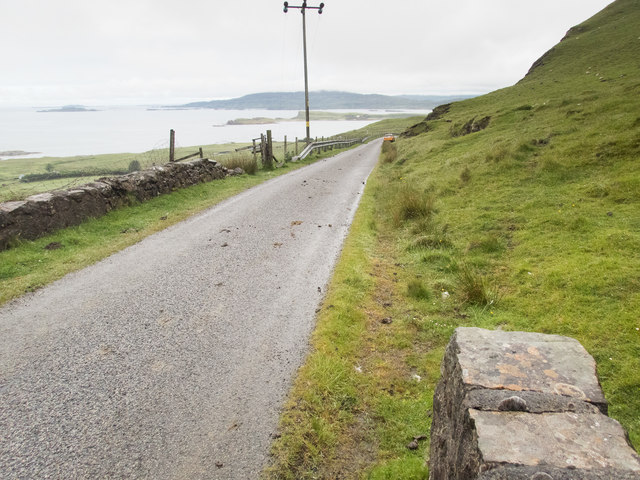
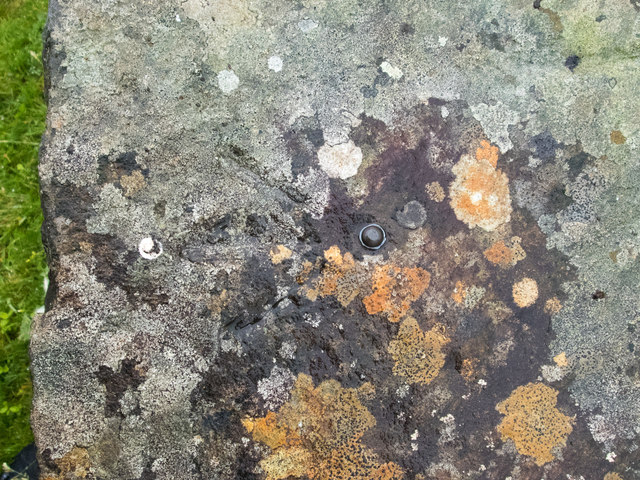
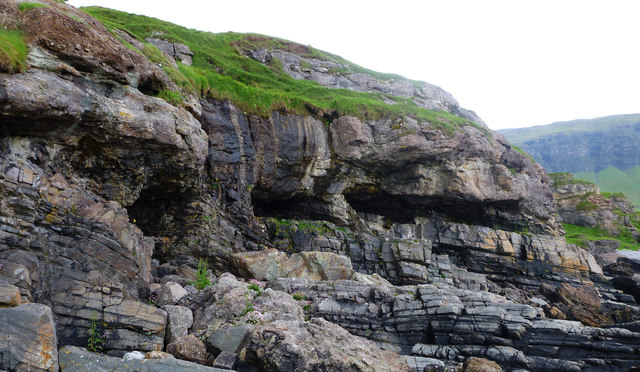

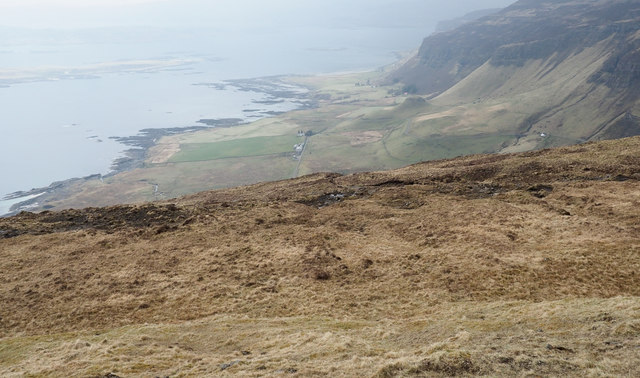

Sloc nam Fiùran is located at Grid Ref: NM4332 (Lat: 56.412532, Lng: -6.1527142)
Unitary Authority: Argyll and Bute
Police Authority: Argyll and West Dunbartonshire
What 3 Words
///skips.mystery.blueberry. Near Fionnphort, Argyll & Bute
Nearby Locations
Related Wikis
Ardmeanach
Ardmeanach in modern times refers to a peninsula on the Isle of Mull. It is the middle one out of three westward-facing peninsulas on the island, and the...
St Kenneth's Chapel
St. Kenneth's Chapel is a ruined chapel on Inch Kenneth Island, Parish of Kilfinichen and Kilvickeon, Isle of Mull, Argyll and Bute, Scotland. It dates...
Inch Kenneth
Inch Kenneth (Scottish Gaelic: Innis Choinnich) is a small grassy island off the west coast of the Isle of Mull, in Scotland. It is at the entrance of...
Samalan Island
Samalan Island is a small island, just off the Isle of Mull at the mouth of Loch na Keal in the Inner Hebrides, Scotland. To its south west is the island...
Have you been to Sloc nam Fiùran?
Leave your review of Sloc nam Fiùran below (or comments, questions and feedback).
